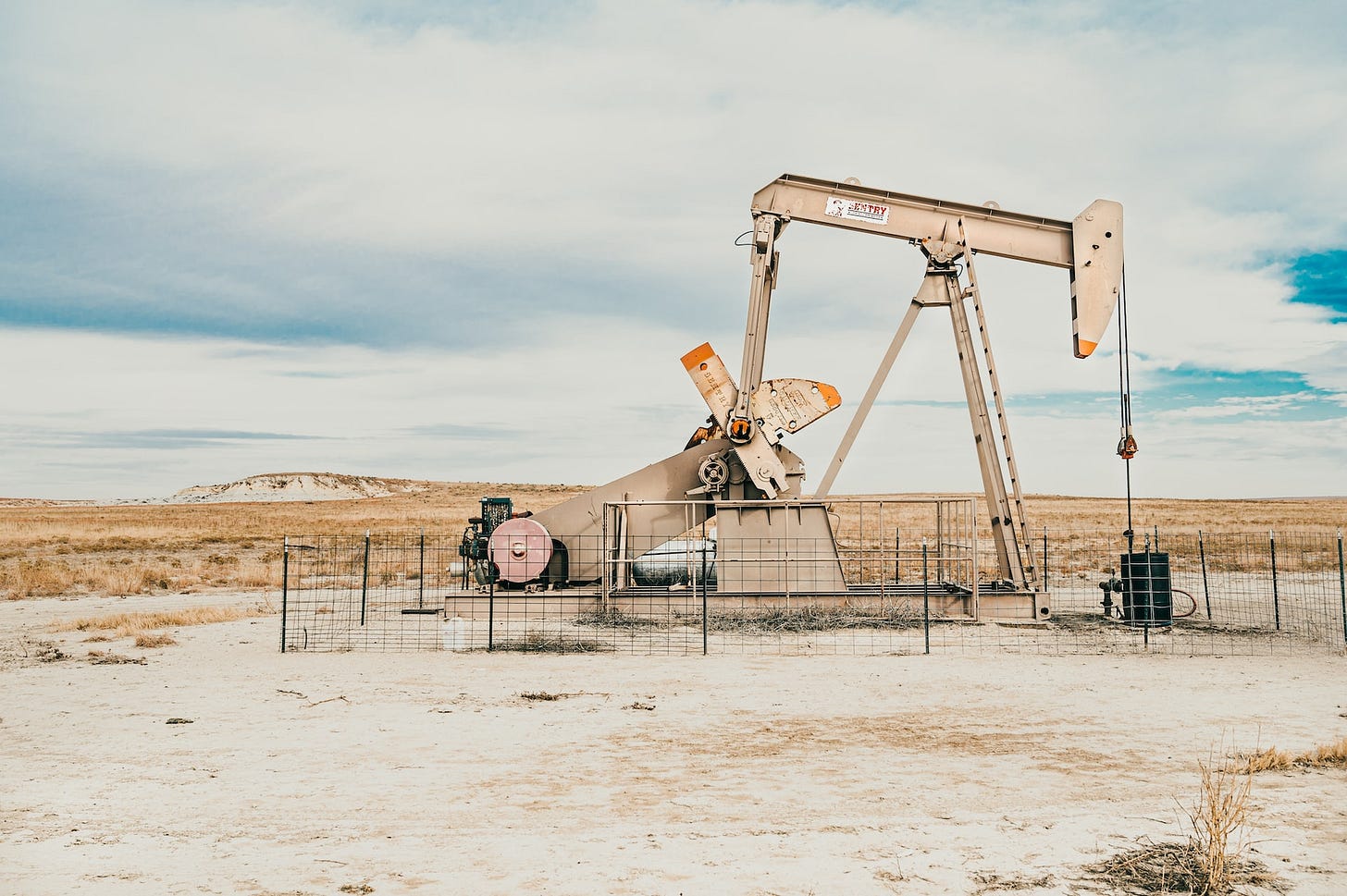5 Takeaways From the IEA’s Annual Methane Report
Countries are finally beginning to regulate methane. But emissions are still rising.

As I wrote last month, we must reduce methane emissions in order to avoid the worst effects of climate change.
Due to its high potency as a greenhouse gas, methane has contributed to about 30% of anthropogenic warming. But reducing methane emissions wouldn’t just slow warming; it would reverse it. According to one estimate, cutting methane emissions in half over the next decade could reduce global temperatures by as much as 0.3° Celsius by 2040.
All of that’s to say methane is a big deal.
Earlier this week, the International Energy Agency (IEA) released its annual report on methane emissions from the energy sector. Like many other IEA reports, it was packed full of insights, data, and policy recommendations. But reading through these reports can be a slog, so I thought it would be valuable to summarize some of the key takeaways.
One quick note before getting into the takeaways: This report only covers energy-related methane emissions. It doesn’t cover agriculture (e.g. meat, dairy, etc.) or waste, which are the other two major sources of human methane emissions. I’ll be covering these sources in future stories.
Energy-related methane emissions rose in 2022
Methane emissions, like other greenhouse gas emissions, remain stubbornly high.
According to the report, methane emissions from the energy sector—which includes coal, natural gas, oil, and bioenergy—rose slightly in 2022 to 135 million metric tons.

As a greenhouse gas, methane is 80 times more potent than carbon dioxide (CO2) over 20 years. So that 135 million tons of methane is equivalent to a little more than 10 billion tons of CO2. That’s almost as much as China’s annual CO2 emissions, the world’s largest emitter.
Keep reading with a 7-day free trial
Subscribe to Distilled to keep reading this post and get 7 days of free access to the full post archives.

